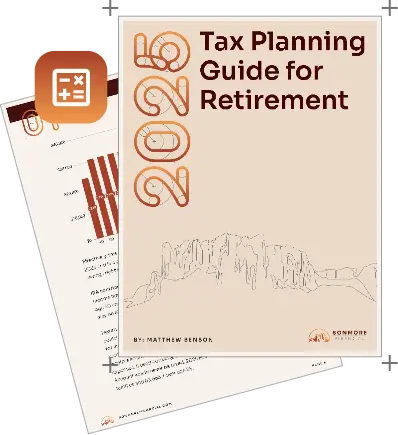Table of contents
When planning for retirement, understanding the full spectrum of savings strategies available within your 401(k) can significantly impact your financial future. Beyond the well-known pre-tax and Roth contributions, after-tax contributions present an opportunity to further maximize your retirement savings. This post delves into how after-tax contributions work, their taxation, and the strategy of rolling these contributions into a Roth IRA for optimal tax benefits.
What are After-Tax 401(k) Contributions?
After-tax contributions to a 401(k) are contributions made with dollars that have already been taxed. Unlike Roth contributions, which also use after-tax dollars but grow and are withdrawn tax-free, after-tax 401(k) contributions have a different tax treatment for earnings. The contributions themselves won’t be taxed again upon withdrawal, but the earnings on these contributions will be taxed as ordinary income.
The Tax Implications
For 2024, the IRS allows individuals under 50 to contribute up to $23,000 and those 50 or older to contribute $30,500 across pre-tax and Roth contributions combined. However, after-tax contributions enable savers to contribute additional funds up to the overall 401(k) limit of $69,000 for individuals under 50, and $76,500 for those 50 and over. This limit includes your pre-tax/Roth contributions, employer match, and after-tax contributions.
The key advantage of after-tax contributions lies in their ability to be rolled over into a Roth IRA, circumventing the Roth IRA’s lower contribution limits and income restrictions. This maneuver allows for potentially tax-free growth and withdrawals of the rolled-over amount, making it an attractive option for high earners seeking to maximize their tax-advantaged retirement savings.
Rollover to a Roth IRA: A Strategic Move
The strategy of rolling over after-tax contributions from a 401(k) to a Roth IRA is compelling for several reasons:
- Tax-Free Growth – Once rolled over, the after-tax contributions can grow tax-free in the Roth IRA, and withdrawals from the Roth IRA in retirement will also be tax-free.
- Bypassing Income Limits – This strategy allows individuals who exceed the income limits for Roth IRA contributions to indirectly fund a Roth IRA, leveraging higher contribution limits.
- Simplifying Your Tax Situation – By moving funds into a Roth IRA, you convert potential future tax liabilities on the earnings of after-tax contributions within the 401(k) into tax-free withdrawals.
Implementing the Strategy
If you decide to look closer at using a Roth IRA rollover strategy, here are three key points to consider:
- Check Plan Eligibility. Not all 401(k) plans allow after-tax contributions or in-service withdrawals, which are necessary for rollovers. Verify eligibility with your plan administrator.
- Contribute After Tax. After maximizing pre-tax/Roth contributions, consider adding after-tax contributions if your goal is to save more and you’re able to take advantage of the rollover strategy.
- Rollover Process. The rollover can typically be done via an in-service distribution if allowed by your plan, moving after-tax contributions directly to a Roth IRA. It’s crucial to execute this rollover efficiently in order to minimize the time earnings will accumulate in the 401(k)—earnings which would be taxable upon withdrawal.
Conclusion
After-tax 401(k) contributions, combined with the strategic use of Roth IRA rollovers, offer a powerful way to enhance your retirement savings. This approach not only allows you to save more in a tax-advantaged manner but also provides the flexibility of tax-free growth and withdrawals, making it an important strategy for those looking to maximize their retirement wealth.
Remember, the complexities of tax planning and retirement savings strategies necessitate careful consideration, as well as potential guidance from a financial advisor to ensure alignment with your overall financial goals. Use this link to schedule some time to talk with us about your unique situation.



